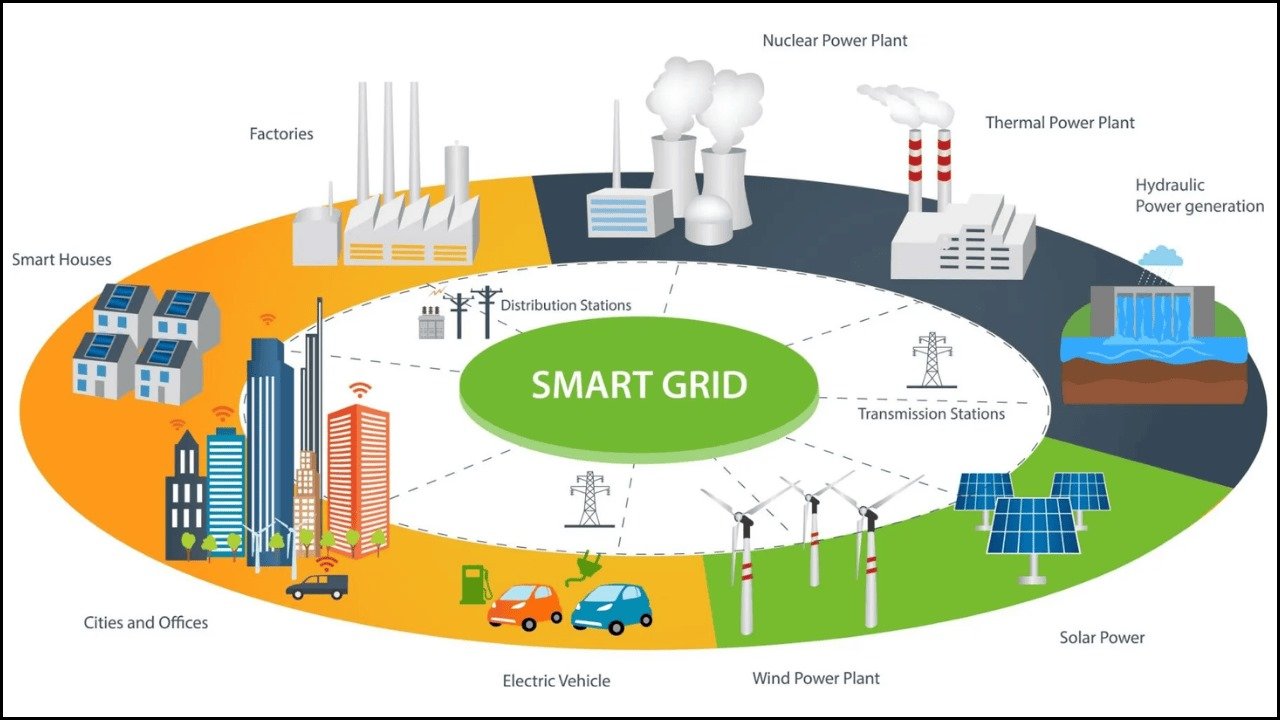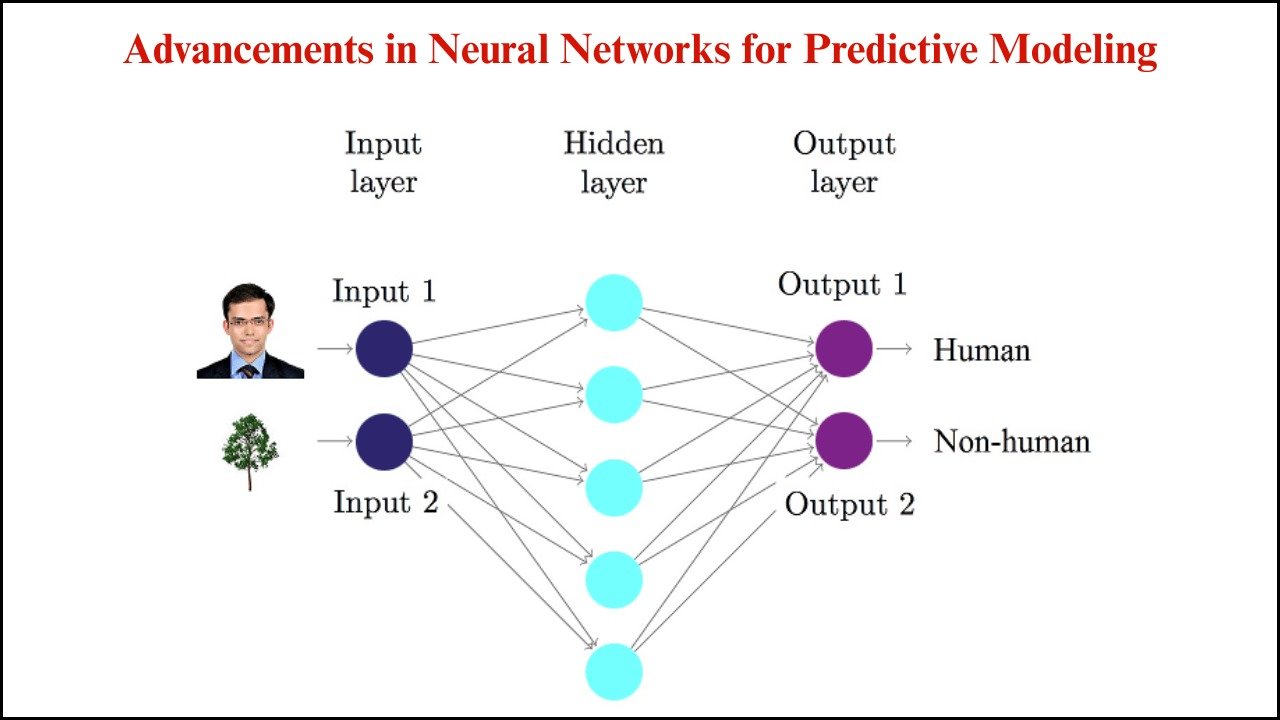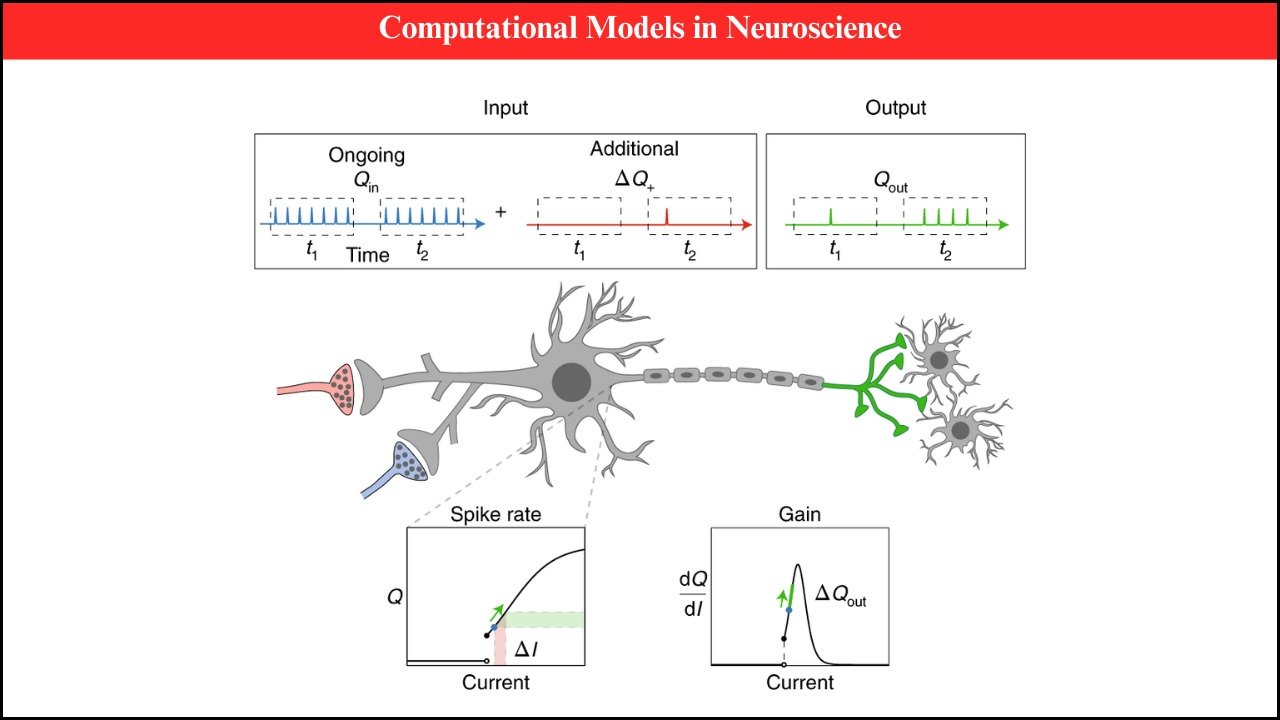
Artificial intelligence has emerged as a transformative force across industries, yet its success heavily depends on computing power. High-performance computing (HPC) forms the foundation that allows large-scale models, massive datasets, and complex algorithms to operate efficiently. The Asian Institute of Management (AIM) has recognized this interdependence and integrated HPC as a core enabler within its AI agenda. HPC is not just a tool for faster computation but a strategic driver for advancing AI research, developing sustainable solutions, and preparing a new generation of digital leaders.
Table of Contents
Importance of HPC in AIM’s AI Agenda
- Accelerated AI Research – HPC enables AIM researchers to train and test advanced AI models faster, reducing experimentation cycles.
- Scalable Data Processing – Large datasets from industries such as finance, healthcare, and agriculture can be processed in real-time using HPC resources.
- Interdisciplinary Collaboration – AIM leverages HPC for cross-sector research involving economics, business, and social sciences, combined with AI insights.
- Global Competitiveness – Integration of HPC with AI positions AIM as a thought leader in digital transformation in Asia.
- Resource Optimization – HPC allows efficient utilization of hardware and software, reducing overall AI deployment costs.
Key Functions of HPC in AIM’s AI Strategy
- Model Training at Scale – HPC allows deep learning models to be trained with billions of parameters.
- Data Simulation and Modeling – AI-driven simulations powered by HPC enhance decision-making for business strategies.
- Natural Language Processing (NLP) – HPC provides the computational backbone for training language models in regional languages.
- Real-time Analytics – Integration of HPC ensures immediate insights for fields like financial forecasting and logistics.
- AI for Policy and Governance – HPC enables AIM to use predictive analytics in social policy and governance studies.
Comparison of Traditional Computing vs HPC in AI Applications
| Aspect | Traditional Computing | High-Performance Computing |
|---|---|---|
| Processing Speed | Handles small-scale tasks | Manages large-scale parallel computations |
| Data Handling | Limited to structured, smaller datasets | Capable of analyzing massive unstructured datasets |
| Model Training | Slow training cycles for deep learning | Fast training and optimization for complex models |
| Scalability | Restricted by hardware capacity | Highly scalable across nodes and clusters |
| Use Cases | Basic automation, small research projects | Advanced AI, predictive analytics, NLP, simulations |
AIM’s Strategic Integration of HPC with AI
- Digital Learning Platforms – AIM uses HPC-backed AI to personalize digital education platforms for students.
- AI in Business Analytics – Businesses supported by AIM benefit from advanced modeling using HPC infrastructure.
- Research Centers – Dedicated AI and data science research units at AIM rely on HPC to push boundaries of innovation.
- Industry Partnerships – AIM collaborates with technology providers to enhance access to HPC-powered AI resources.
- Sustainability Initiatives – AIM leverages HPC to develop AI tools addressing climate change and resource management.
Benefits of HPC in AIM’s AI Development
- Enhanced Predictive Power – HPC-backed AI models achieve higher accuracy in forecasting business and economic trends.
- Cross-Disciplinary Insights – Integration allows blending of technical, business, and social perspectives in research.
- Innovation Acceleration – HPC reduces the time required for research breakthroughs and AI-based prototypes.
- Educational Empowerment – Students gain hands-on experience in AI projects requiring massive computational resources.
- Policy Advancement – HPC allows AIM to guide policymakers using simulations and predictive analytics.
Applications of HPC-powered AI at AIM
| Application Area | Role of HPC | Impact on AIM’s Agenda |
|---|---|---|
| Healthcare Research | Accelerates genomic and epidemiological studies | Supports AI-driven health solutions in Asia |
| Financial Modeling | Handles large datasets for risk management and trading | Strengthens AIM’s role in financial AI research |
| Sustainability Projects | Simulates climate patterns and renewable energy models | Aligns with AIM’s commitment to green innovation |
| Agricultural Innovation | Analyzes crop and soil data with AI models | Enhances food security and rural development studies |
| Smart Cities | Processes IoT and sensor data with AI frameworks | Guides urban planning and digital infrastructure |
Challenges of Implementing HPC in AIM’s AI Agenda
- High Costs – Setting up and maintaining HPC infrastructure requires significant investment.
- Skilled Workforce Requirement – HPC and AI integration demands experts trained in both fields.
- Data Privacy Concerns – Large-scale AI models powered by HPC involve sensitive datasets that require secure handling.
- Energy Consumption – HPC systems consume large amounts of energy, raising sustainability challenges.
- Integration Complexity – Combining HPC with AI applications across diverse fields can be technically demanding.
Future Directions for AIM’s AI-HPC Integration
- Cloud-HPC Synergy – Expansion of cloud-based HPC resources for scalable AI solutions.
- Edge Computing Integration – Combining HPC with edge AI for real-time decision-making.
- Sustainable HPC – Investment in energy-efficient computing architectures to reduce environmental impact.
- AI-driven HPC Optimization – Using AI itself to improve HPC workload management.
- Global Collaboration – Building partnerships with international AI and HPC institutions for knowledge exchange.
Advantages and Challenges of HPC in AIM’s AI Agenda
| Dimension | Advantages | Challenges |
|---|---|---|
| Research | Faster AI experiments, broader exploration | Requires advanced skills and expertise |
| Infrastructure | Scalable and powerful computing clusters | High setup and operational costs |
| Education | Practical AI learning opportunities for students | Continuous faculty training is needed |
| Policy Impact | Evidence-based insights through simulations | Ethical concerns around AI-powered decisions |
| Sustainability | Climate and resource-focused AI modeling | Energy-intensive operations |
Role of HPC in Shaping AIM’s Position in Asia
- Leadership in AI Education – AIM distinguishes itself by training future leaders with HPC-enabled AI exposure.
- Regional Influence – Use of HPC in AI projects enhances AIM’s role as a regional knowledge hub.
- Innovation Ecosystem – Collaboration between AIM, governments, and industries strengthens Asia’s AI ecosystem.
- Talent Development – Students and professionals trained at AIM acquire globally competitive AI-HPC expertise.
- Sustainable Development – HPC-powered AI helps AIM contribute to addressing pressing Asian socio-economic issues.
Final Thoughts
High-performance computing has become a strategic pillar in AIM’s AI agenda. Its role extends beyond computational efficiency to shaping research innovation, education, and sustainable development. AIM’s commitment to integrating HPC with AI initiatives ensures both regional leadership and global relevance in digital transformation. The combination of HPC and AI not only enhances research outcomes but also prepares a new generation of thinkers capable of addressing future challenges with technological sophistication.





